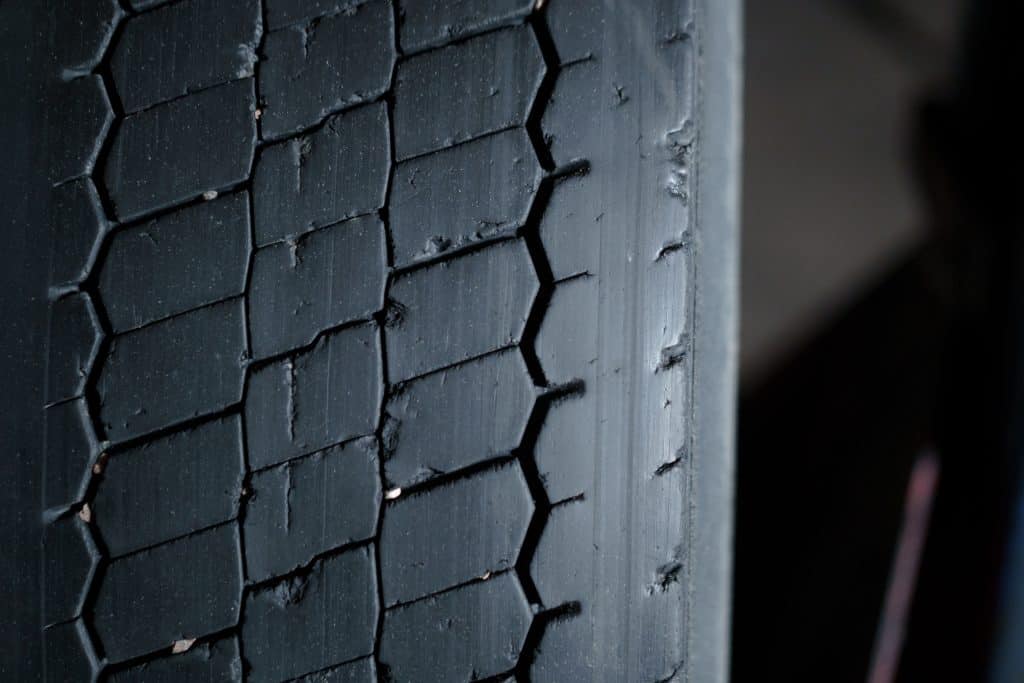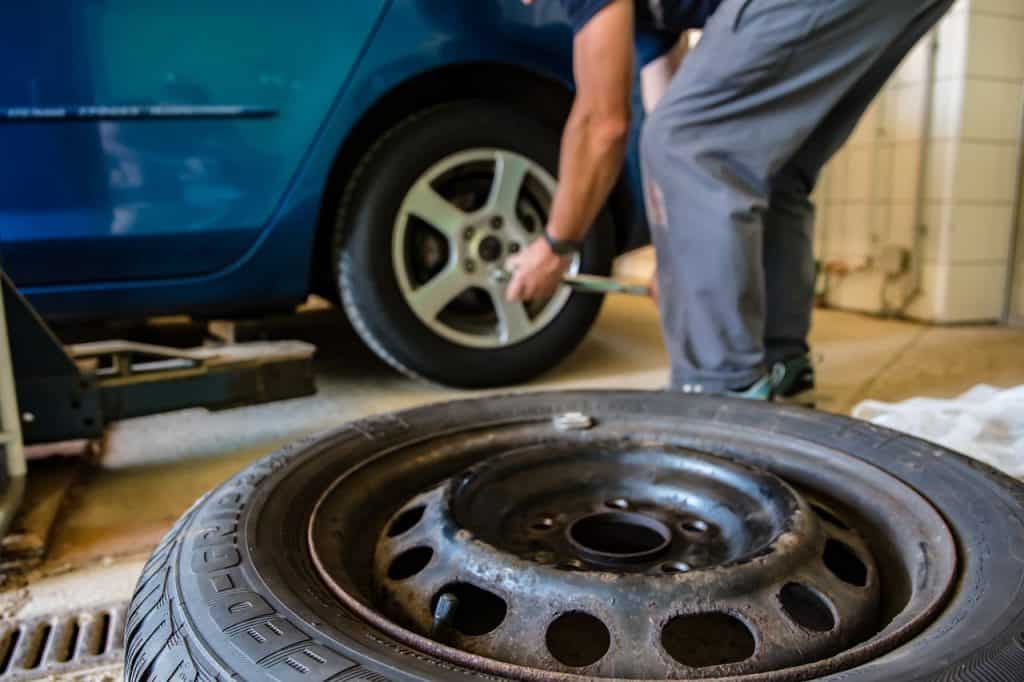The cars that we drive today are clearly far advanced from those early pioneer days of the late 19th Century.
The advances in automotive science since then have moved at an ever faster pace and, as a result, tyre technology has moved along with it.
We take them for granted day to day, but who invented the tyre and the history of them is at least as interesting as the motor vehicles they are fitted to. Carry on reading to learn the history of tyres.
History of tyres timeline

It is interesting to note that the development of the tyre did not just run in tandem with car manufacture but rather preceded it by several decades, but there was a problem and it was simply this: Although the pneumatic tyre was invented in 1846, there was no use for it because it would not be until 1886 that Karl Benz would patent the first automobile as we know it today.
Shortly after that, the obvious use for the pneumatic tyre was found by 1908 the inflatable inner tube brought the tyre fully into the motoring lexicon.
When Was The Tyre Invented
Although Charles Goodyear is generally considered the father of the car tyre, his major contribution was actually the vulcanisation of rubber which became the benchmark for the properties of tyres as we know them, thus answering the question, what are tyres made of?
He found that by heating natural rubber with sulphur, it could be made more supple, stronger and resistant to abrasion.
It was not until 1846 that a certain Robert Thompson invented the pneumatic (air-filled) tyre, thanks to Goodyear’s research. The catch was there was little use for it.
Meanwhile, bicycles were in common use but were uncomfortable because of the solid rubber bonded to metal wheels. Another famous name, John Dunlop, got around this problem by inventing the air-filled bicycle tyre, shortly after Benz announced his motor car.
Thanks to the development of modern wheel rims in 1891, yet another famous name, Andre Michelin, was the first to fit the forerunner of the pneumatic tyre we use today.
Mountable Tyres
The pace of development of the tyre moved faster after the initial use. A year after the first tubeless tyre was invented, in 1904, mountable rims were first introduced.
Essentially, this was the first carried spare as drivers were able to effect their own repairs at the roadside.
In The Groove

Despite the softer qualities of the air-filled tyre, as cars started to go faster grip became an issue. By 1908, Frank Seiberling had solved the problem by being the first to put grooves into the rubber.
This was the beginning of the tyre-makers art of allowing the tread syphon off the water where the rubber meets the road. This could be argued as being one of the foremost safety developments for motorists.
Reinventing The Rubber Tyre
Over the next decade, carbon was added to the rubber which improved the useful life of the tyre and by 1931 the DuPont Company had invented synthetic rubber which today makes up around a quarter of a tyre’s construction.
A similar amount of real rubber is used but the rest of the tyre is other materials like the steel bead wires that hold the tyre to the rim.
The Radial Tyre
In 1948 the Michelin Company gave the tyre a giant leap forward by developing the radial tyre. The improved construction of radials (still denoted today by the letter R on the tyre sidewall) meant that the useable life of a tyre was extended, making them more durable and able to wear more evenly while improving grip.
The Run-Flat Tyre
Although run-flat tyres were first conceived in 1934 by Michelin (again) they were mostly used by military vehicles and the like, for obvious reasons. Development continued and by the late 1970s were introduced modern, mostly prestige, cars.
They have their supporters and their detractors. In the event of a puncture, the driver can continue for up to fifty miles at speeds of up to 50mph.
Clearly, this enables the stricken car to be driven to a safe spot, a tyre service centre or to home. However, they are difficult to repair and replacement is likely to be recommended.
Types Of Tyres

The choice of tyres for motorists today is broad. We can now buy Winter or Summer versions. Some drivers prefer not to go to the trouble of switching between seasons and prefer to use All-Season tyres as a good compromise.
Frugal motorists like the idea of energy-saving tyres. These have a lower rolling resistance and aid fuel economy if used properly.
High-performance drivers or those who like to choose the option of bigger wheels for effect will fit low-profile versions with stiffer side walls to aid driving dynamics.
Summary – History of tyres
As mentioned in the introduction, the average car owner tends to take tyres for granted. They are seen as a necessary expense and drivers tend to shop around for the best deal.
Some stick to known brands, for better economy or traction, say, or for a more comfortable ride, but that’s about as far as interest goes.
Yet it makes sense to look more closely at the tyres we use enables us to make the right decision when it is time to buy a new set.
All that development history has ultimately resulted in products which are technically highly advanced and offer different benefits to different drivers.
The sophisticated tread patterns of grooves and sipes today mean the tyres we use are safer and more reliable than ever, even if there haven’t been many dramatic new developments over the last four decades.
Why fix what isn’t broken? That said, waiting in the wings of our future motoring are one or two remarkable new ideas that may come to the fore as the new wave of alternative fuels makes our motors very different to anything those famous names of the history of tyres ever envisioned.
